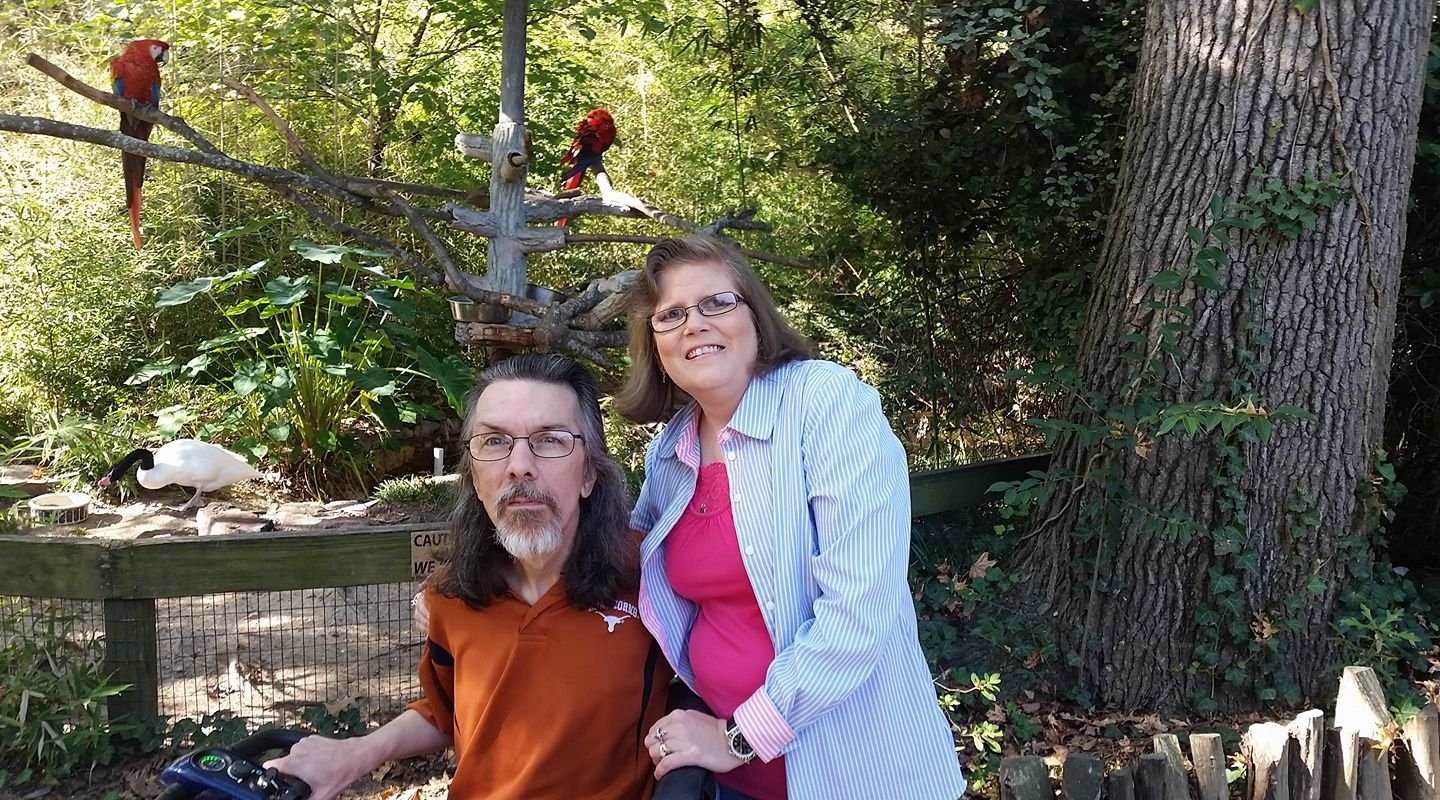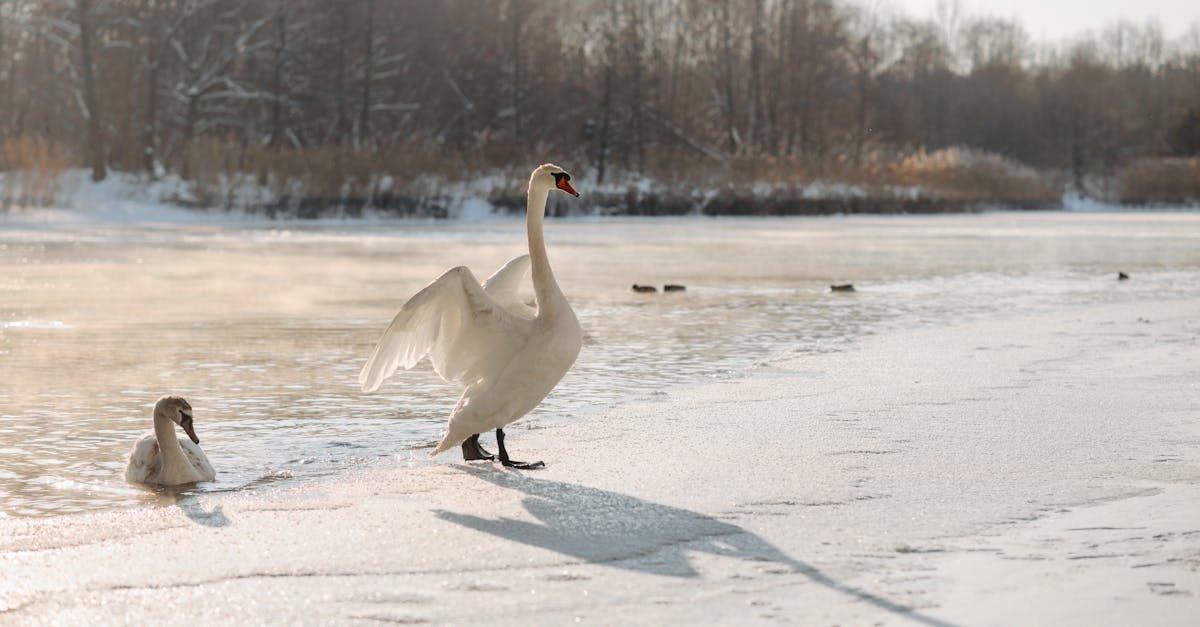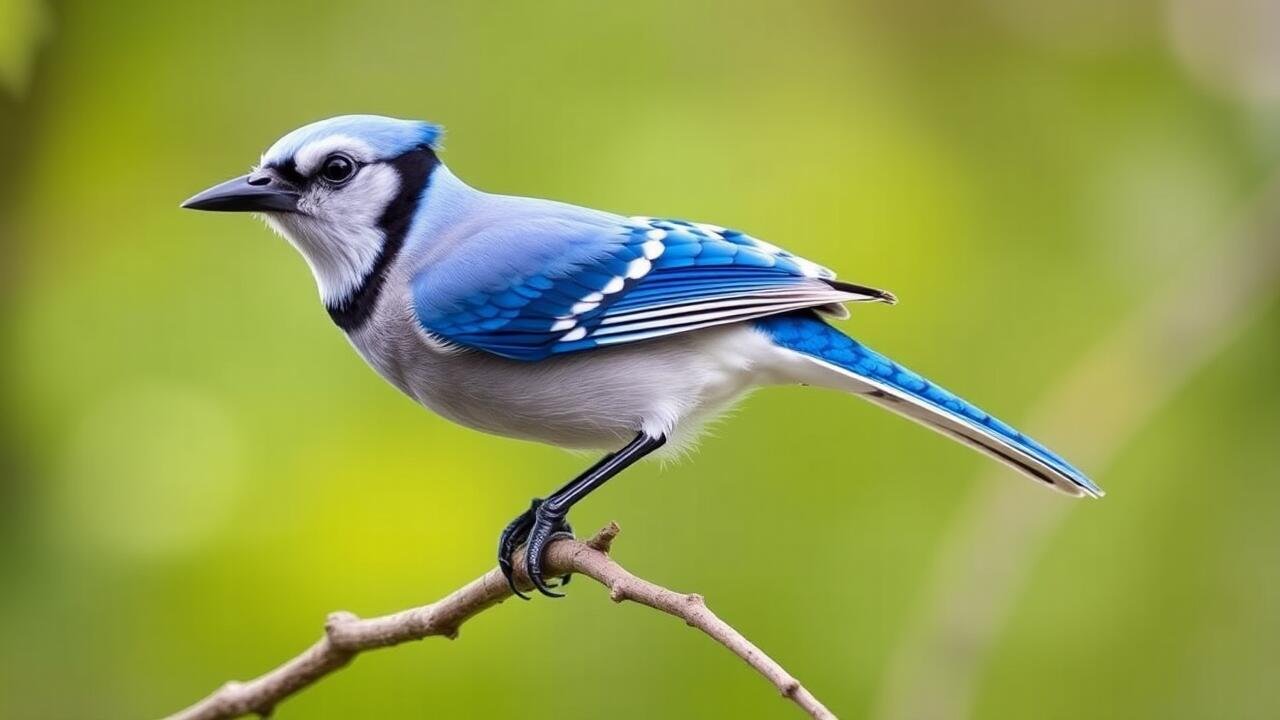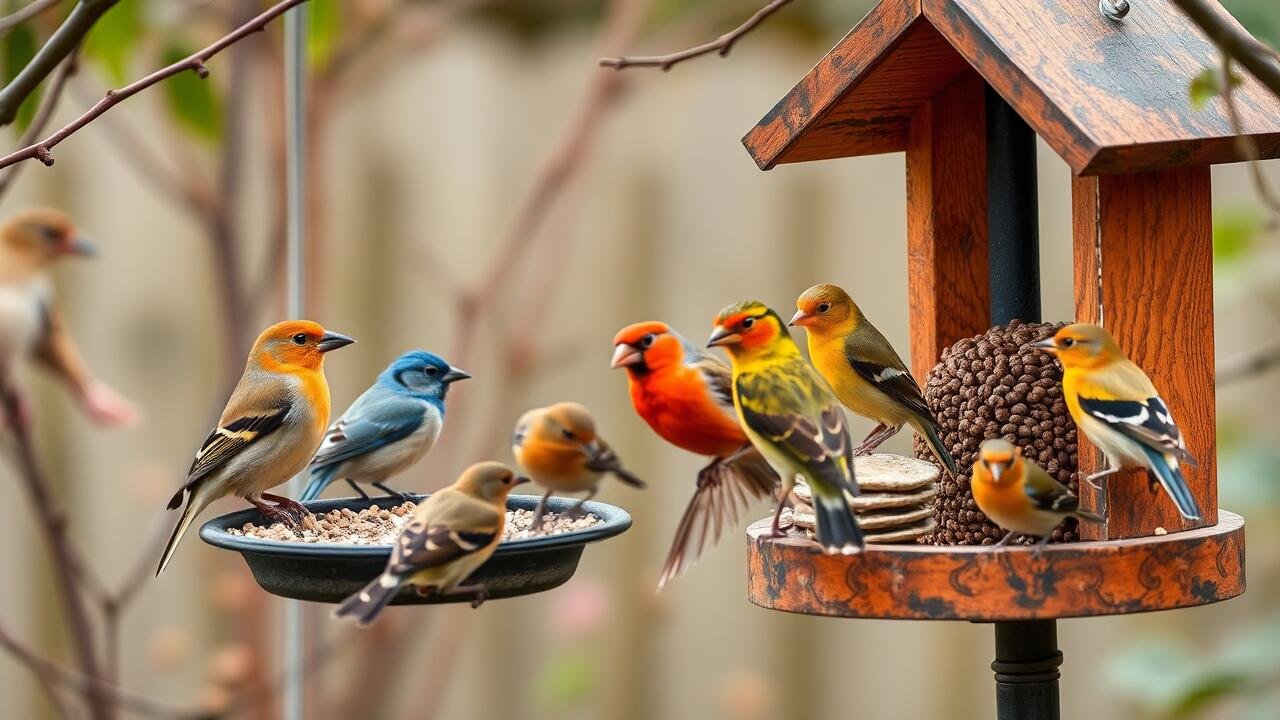Table Of Contents
Regional Variations in Bird Activity
What time of year are birds most active at feeders? Bird activity levels at feeders can greatly vary based on geographic location. In the northern regions, winter months often bring a surge of feeder visitors as migratory species seek out reliable food sources. In contrast, warmer southern climates may experience increased activity during spring and summer when resident birds engage in nesting and raising their young.
Local ecosystems and weather patterns also significantly influence bird activity. Urban areas may see a different mix of species as birds adapt to human-altered environments. Additionally, seasonal weather shifts, such as harsh winters or early springs, can impact the general presence of feeder visitors, leading to fluctuations in the types and numbers of birds seen throughout the year.
Their blog is a great resource for information.
How Location Influences Feeder Visits
The presence of various habitats nearby significantly shapes the types and frequency of bird visits to feeders. Urban areas often attract different species compared to rural regions, largely due to the availability of natural food sources and nesting sites. In cities, birds such as sparrows and pigeons thrive in the presence of human activity, while remote areas may see more diverse populations, including woodpeckers and warblers. Additionally, the proximity of water sources can also affect bird behavior, as many species prefer to visit feeders that are conveniently located near these essential resources.
Local climate plays a crucial role in determining feeder activity as well. Seasonal changes influence food availability and migration patterns, which can alter which birds are present at feeders at any given time. For instance, colder weather may drive birds to seek out feeders more frequently for supplemental nutrition. Conversely, in milder seasons, with abundant natural food, birds may visit feeders less often. Understanding these regional and climatic influences allows bird enthusiasts to tailor their feeding strategies accordingly.
Types of Feeders and Their Impact
Different types of bird feeders cater to various species and feeding behaviors. Tube feeders are often preferred by finches and chickadees, as they provide perches for easy access to seeds. In contrast, platform feeders attract a broader range of birds, allowing ground-feeding species, like sparrows and juncos, to access food comfortably. Hummingbird feeders, specifically designed with nectar reservoirs, draw in these aerial visitors during warmer months, while suet feeders are ideal for woodpeckers and other insect-eating birds.
The material and design of feeders also play a crucial role in attracting birds. Metal feeders tend to be more durable and squirrel-resistant but can also be heavier, making them less versatile for some settings. Plastic feeders are lighter and often available in various designs, which can enhance aesthetic appeal. Ultimately, the choice of feeder type impacts not only the frequency of visits but also the diversity of bird species that come to feed, creating an engaging birdwatching experience.
Which Feeders Attract More Birds
Selecting the appropriate feeder type can significantly influence the variety and number of birds that visit. Tube feeders, often filled with sunflower seeds, are particularly effective in attracting small songbirds like finches and chickadees. These feeders provide a safe and easy way for birds to access food while discouraging larger species that may monopolize the feeding space. Platform feeders, on the other hand, can accommodate a wider array of birds, including ground feeders such as juncos and doves.
Using a combination of feeder types can create a more inviting and diverse feeding environment. Nyjer seed feeders draw in finches, while suet feeders attract woodpeckers and nuthatches. Additionally, hummingbird feeders, stocked with a sugar-water solution, are essential for attracting these delicate birds during their active seasons. By varying feeder styles and food options, bird enthusiasts can enhance their chances of inviting an array of avian visitors throughout the year.
Best Times of Day for Bird Feeding
Bird feeding often sees increased activity during the early morning and late afternoon. Many species are naturally wired to seek food during these times, maximizing their foraging efforts while daylight is plentiful. As the sun rises, birds wake up to search for food to fuel their day. By the time the evening approaches, they become active again, preparing for the night and looking to replenish their energy reserves.
Feeder placement plays a significant role in this activity. Birds prefer feeding where they feel safe and secure. Positioning feeders near protective cover, such as shrubs or trees, can increase visits during these peak hours. Additionally, the availability of food and water sources nearby can further entice birds to stop by, enhancing their chances of spotting feeders in these crucial times for foraging.
Morning and Evening Activity Peaks
Birdwatching enthusiasts often notice heightened activity at feeders during the early morning and late afternoon hours. At dawn, many birds emerge from their roosts, searching for food to replenish their energy. During this time, species such as finches, chickadees, and cardinals frequently visit feeders. The quietness of the early hours allows for more comfortable feeding, as birds feel safer from potential predators.
The evening also sees a surge in feeder visits as birds prepare for the night. During the golden hour, various species collect food to sustain them until morning. This period can be particularly lively, with multiple birds flocking to feeders simultaneously. The predictable patterns of feeding at these times provide birdwatchers with ample opportunities to observe and identify different species in their natural behaviors.
Please be sure to check out The Complete Guide to Wild and Pet Bird Care: Tips, Products, and Resources
FAQS
What time of year are birds most active at feeders?
Birds are generally most active at feeders during the spring and fall migration periods, as well as in winter when food sources may be scarce.
How does location influence bird feeder visits?
Location plays a significant role in bird activity at feeders. Areas with abundant natural food sources, nearby water, and suitable habitats often attract more birds.
What types of feeders attract more birds?
Feeders that offer a variety of food types, such as seed, nectar, and suet, tend to attract a larger diversity of bird species, especially if they are placed in safe and accessible locations.
When are the best times of day to observe birds at feeders?
The best times to observe bird activity at feeders are typically in the early morning and late afternoon, when birds are most active in search of food.
Are there specific birds that are more likely to visit feeders during certain seasons?
Yes, some bird species are seasonal visitors. For example, hummingbirds are prevalent in spring and summer, while cardinals and blue jays are common year-round, with increased activity in winter.
Related Links
Creating a Year-Round Bird Haven: Seasonal Tips for Attracting Birds
How to make a bird paradise?
What attracts birds the most?
How to create a bird sanctuary?

My name is Shane Warren, the author behind Chirping Birds Hub – your ultimate guide to the wonderful world of birds! Unleash your inner avian explorer as we delve into a vibrant library of knowledge dedicated to all things feathered. From learning about diverse bird species from across the globe to understanding their captivating habitats and behaviors, I’m here to fuel your passion for these magnificent creatures. Not only that, but I also provide valuable insights on being a responsible and informed pet bird owner. Join our vibrant community and let’s celebrate the feathered wonders of the world together – one chirp at a time.


